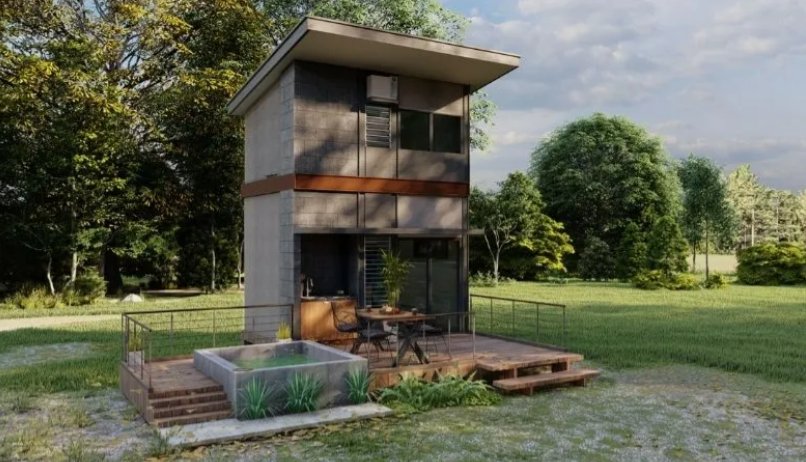Greenify Your Home with These Stylish Eco-Friendly Home Improvements
Posted by Infinity Admin on

Hello, eco-conscious homeowners! If you're looking to reduce your carbon footprint and make your home more environmentally friendly, you've come to the right place. In this post, we'll show you how to make eco-friendly home improvements that are both stylish and practical. So, grab a cup of tea and let's get started.
Let's Talk Lighting
One of the easiest ways to reduce your carbon footprint is by switching to LED light bulbs. LED lights are energy-efficient, long-lasting, and can save you money on your electricity bill. Plus, they come in a variety of colors and styles to fit any room in your home. So, say goodbye to those old-fashioned incandescent bulbs and embrace the bright, energy-efficient future of LED lighting.
It's All About…
310 Views, 0 Comments

.png)



